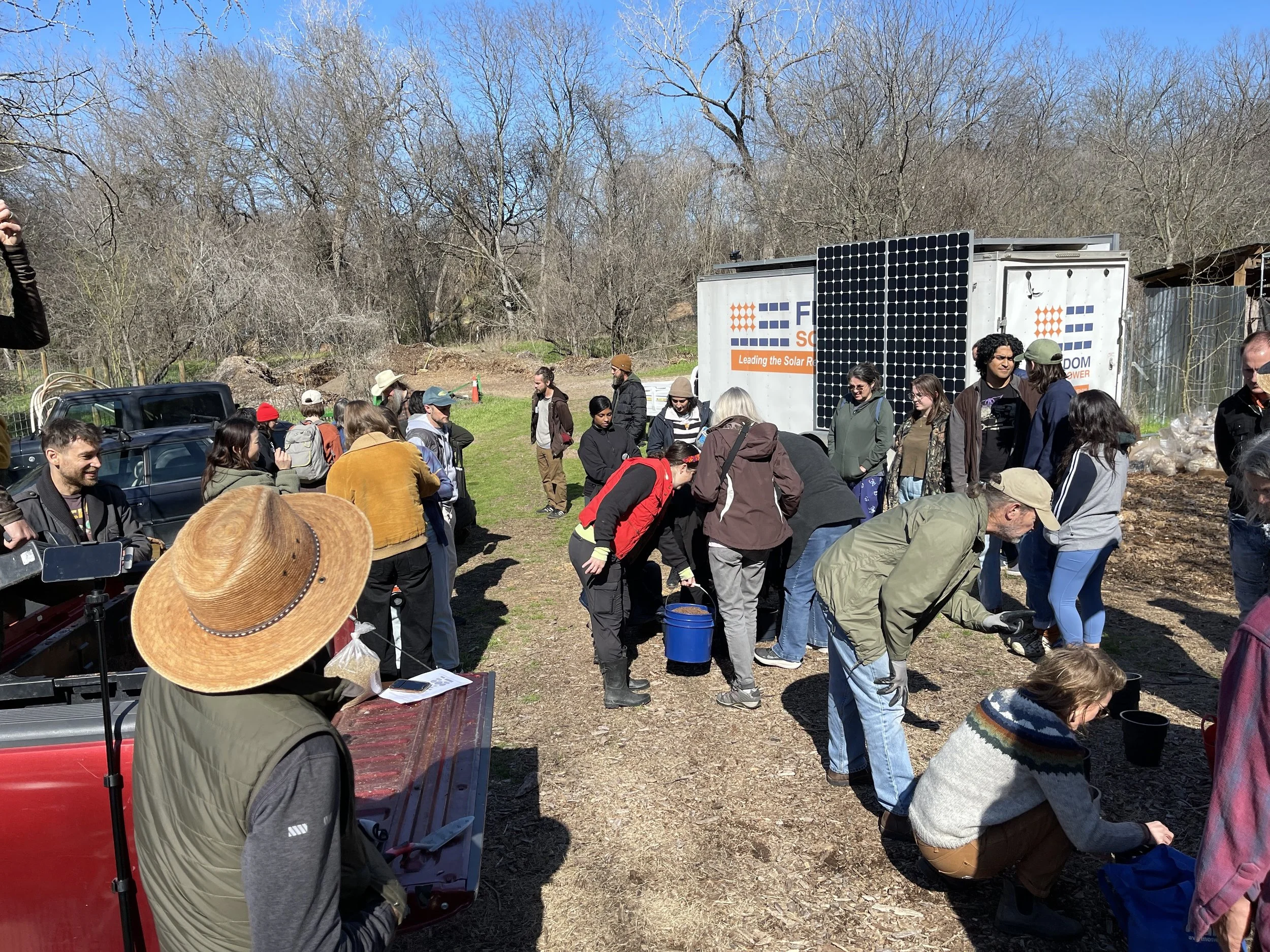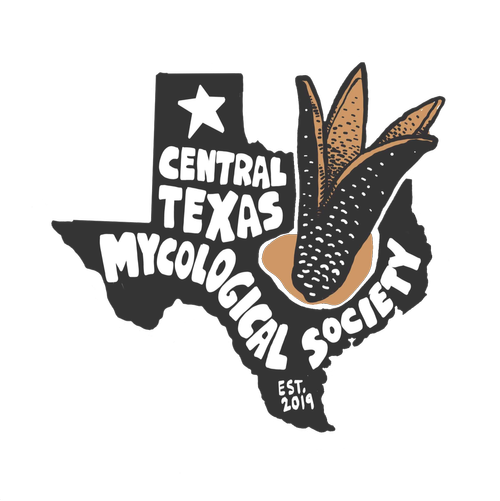
Mycorrhizal Research: Phase 3
In this phase we will studying the effects of both native and commercial mycorrhizae incoulants on tree growth, soil health and drought tolerance.
What are we doing?
We will plant 3 native tree types from seeds, and inoculate the soil the seeds are grown in with both native and commercial mycorrhizal fungi. The seeds will germinate and grow in plant bands for the first 8-9 months at the TreeFolks nursery, and then will be transplanted into larger 1 gallon pots or planted in the ground.
3 Native Tree Types: Red Oak, Bald Cypress, Texas Mountain Laurel (An oak, a conifer, and a legume)
Native Study: 1 Treatment: Native Mycorrhizae grown from soil of local trees
Commercial Study: 2 Treatments: MicroLife’s Mycorrhizal Plus and Humisoil (local)
Control: No Treatment added to the soil
2 x Trees for future drought and non-drought conditions
35 Trees per type and treatment
Native Study: 35 x 3 x 2 = 210 Trees!
Commercial Study: 35 x 3 x 2 x 2 = 420 Trees!
Control: 35 x 3 x 2 = 310 Trees!
Potentially adding 940+ trees to the Austin canopy!
we gathered some folks from the community and we all went and collected soil from native trees around austin.
check out that mycelium!
we are holding a two part workshop series to grow the native mycorrhizal fungi!
Cultivating native mycorrhizae fungi workshop series led by Danielle Stevenson.
Cultivate Native Mycorrhizal Fungi Workshop I:
(Workshop was held on February 23rd, 2025)
We learned the fundamentals of mycorrhizal fungi, their symbiotic relationships with plants, and their ecological benefits. We also prepared the materials and set up the foundation for cultivating native and bioregional mycorrhizal to be used as an inoculum to use to grow native plants. The grasses that were planted will be cultivated at the second workshop and will be used to inoculate the seeds we plant next year for Phase III of our mycorrhizal studies.
HANDOUT: How to Cultivate Native, Regional Mycorrhizal Inoculum, by Danielle Stevenson






check out the grasses we are growing to cultivate the mycorrhizal fungi!
march 19, 2025(top) - may 9, 2025(bottom)
These grasses were grown during the first portion of our Cultivate Native Mycorrhizal Fungi Workshop Series. After planting, their roots started to colonize with native mycorrhizal fungi gathered from the mother trees. After a few months, the grasses are cut back to encourage the grasses to invest in their AMF (Arbuscular Mycorrhizal Fungi) partners. We will then cultivate the colonized roots and mix with sand to make an inoculant for the trees during phase III of our research. We will make this inoculum during part II of our Cultivate Native Mycorrhizae Workshop Series. (Link here)
The second part of the Cultivating Native Mycorrhizal Fungi workshop series is pinned to the top of this page. Come join us!
This project is in collaboration with:
Site: Circle Acres Nature Preserve (Austin, TX)
We are working with Ecology Action of Texas at Circle Acres Nature Preserve, a 10 acre site of wetland, forest, and grassland within the neighborhood of Montopolis in East Austin, Texas, managed by a non-profit organization Ecology Action of Texas. Circle Acres is an important part of the Colorado River Watershed ecosystem, and a habitat for over 150 bird species along with deer, turtles, and other wildlife.
This site has suffered a series of destructive uses: overfarming by early European settlers, quarrying, landfill, and illegal dumping site. It has been restored through the efforts of several organizations (including the Rhizome Collective and Ecology Action of Texas) along with hundreds of volunteer hours, and the regenerative power of nature. Ecology Action of Texas continues this restoration and preservation work through ongoing restoration, bioremediation, and conservation. The Montopolis neighborhood in East Austin includes diverse BIPOC communities (80.34%) with median household income (2019) ~30% lower than Austin’s average. (more needed here!)
Site: TREE FOLKS (Austin, TX)
Next year we will be using similar processes to Phase II of our research, and planting seeds for the commercial + native study. They will also be housed in the TreeFolks nursery.
Treefolks was founded as a local solution to local warming and deforestation on August 30, 1989. Since then, TreeFolks has grown to work with communities throughout Central Texas in community tree planting, street tree and backyard tree giveaways, education and urban-wildland reforestation efforts. From a single acorn has grown a canopy to shade communities in Bastrop, Hays, and Travis Counties, and serve thousands of Texas’ people.






